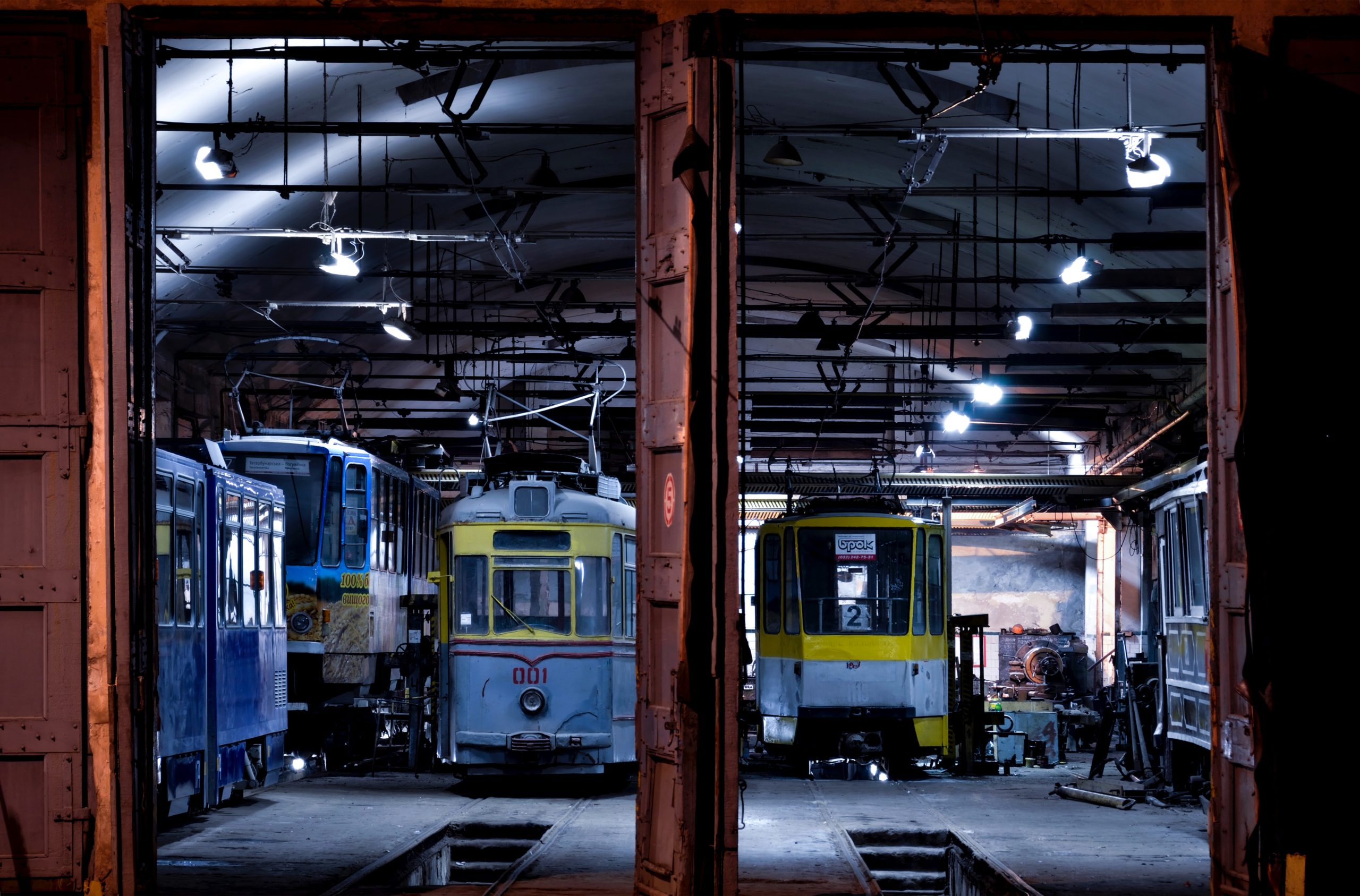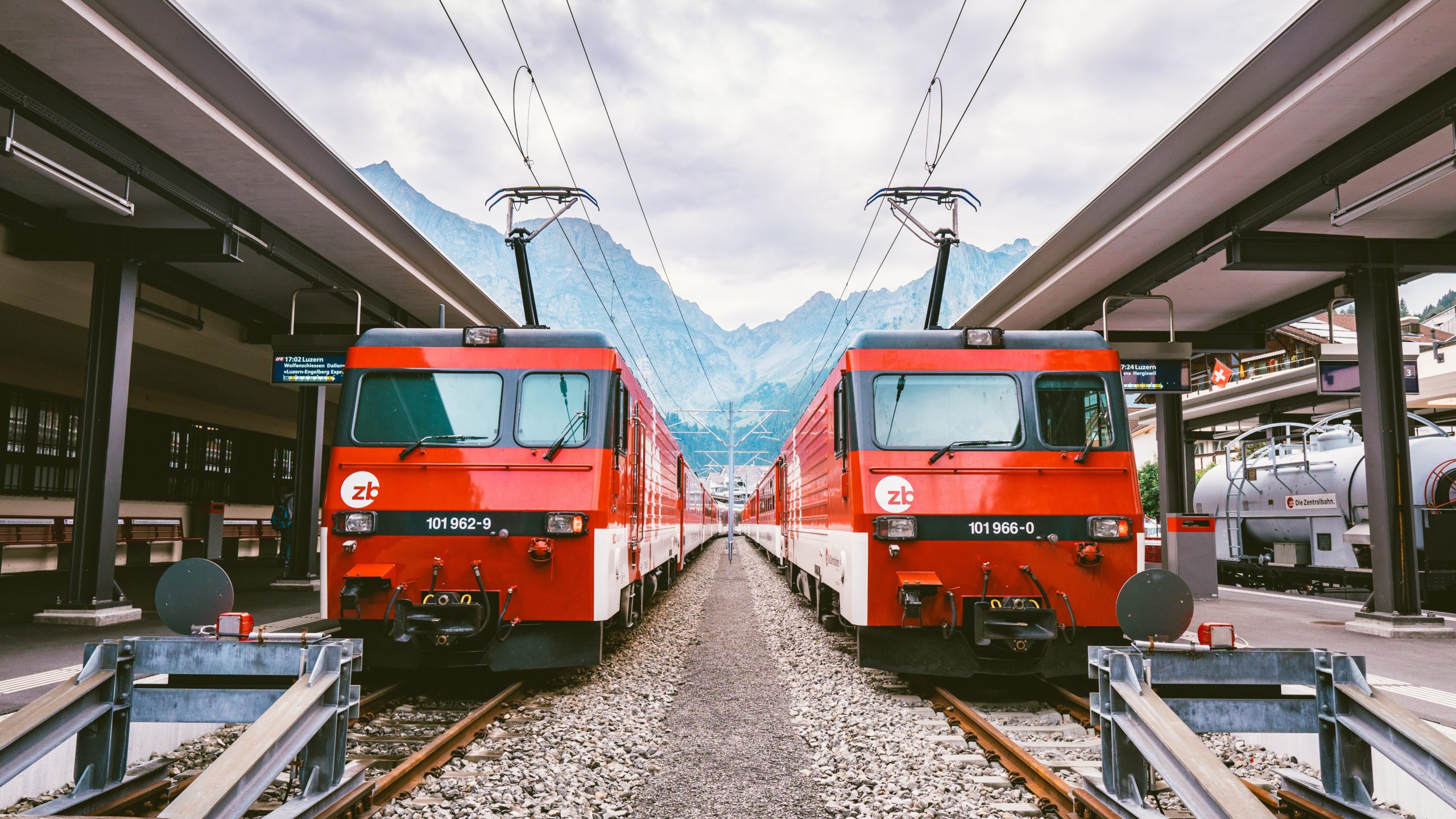It is evident that the railway industry is not immune to the current technological advances. The so-called fourth industrial revolution or industry 4.0 promises innovation on both the supply and demand side for rail and other transportation companies. Digitalisation is able to improve the operational efficiency of and maximize availability of all assets within the railway sector.

Benefits for operators and passengers alike
Digitalisation allows for new services such as preventive or even predictive maintenance, real-time diagnostics, and remote monitoring and management of rolling stock and mobility infrastructure. Sensors that are placed on critical infrastructure or train components can detect imminent breakdowns or defects. This is not only going to allow operators to reduce their fleet reserves, but also immediately increases their overall reliability and effectiveness. With projections of expenditures on infrastructure over the next 10 years being more than 50 trillion EUR just to keep up with the growth of population and mobility, we need to start thinking about getting the most out of our existing infrastructure and building smarter, more efficient mobility infrastructure.
Imagine relying on the exploitation of big obtained data through forecasting and nowcasting to learn more about infrastructure conditions and including the newly obtained knowledge improve the function and economic output of your bridges and tunnels. The benefits would be felt across the entire industry.
- Innovations in vehicles – In order to produce high-quality, state-of-the-art vehicles, both vehicle production lines an railway vehicles will incorporate the latest trends. Innovation and design go hand in hand, especially when we look towards designs that are capable of optimising vehicles’ carbon footprint, improving energy efficiency in electrical systems and reducing emissions as much as possible
- Improvements in railway operations – In order to improve operations, several advances are being incorporated into the sector. This can help increase the efficiency and flexibility of the network. Again, both passengers and operators can benefit from high levels of sustainability, security, automation, and increased service availability
Moreover, we expect to see tremendous advances in automated driving technologies in the coming decade. This is essential for operators who are facing a constantly increasing demand for the expansion of the network and services. The introduction of driverless and semi-automatic vehicles has already provided urban underground transportation operators in some cities with increased security, energy efficiency, reliability and punctuality. This trend will continue to grow and will eventually influence all components within the multi-modal transportation and mobility network.
The challenge
Let’s preface any challenge with saying that Digitalisation is not only tremendously beneficial for the industry as a whole, but also inevitable. However, it will require a change in business models and mindsets. It will require both a strategy and financial investment to tackle the added cyber threats. However, addressing these challenges means that digitalisation has the option to improve the competitiveness and efficiency of therailway sector. It is expanding various business models from a rather rigid structures to dynamic, fluid networks that put customers, mobility providers, technological platforms and suppliers together.
The implementation of automated systems and making the switch from electromechanical devices to electrical and subsequently digital components will be a challenge, but they are a necessary step towards building the auxiliary environment for more advanced and intelligent infrastructure. These efforts are already being helped by a shifting the culture of rail operators and authorities towards a more digitalised future of mobility. Initiatives like Shift2Rail and Digital Europe in the course of Horizon 2020 have already started to create an impact on the industry. Hence, a similar or even bigger impact should be the goal of European stakeholders within the Horizon Europe programme.

The conclusion
With Digitalisation, the rules of business and innovation will be different. They will be governed by a paradigm of being reliable, accessible, shareable, and having the ability to perform close to the marginal cost. Companies will create networks that will use decentralized networks to engage their customers and suppliers more deeply and more broadly into the value creation and capture processes. Although sharing a pie might sound like a potential financial, this will in fact increase both revenues and profits of companies ready to embrace the opportunity of digitalisation.
The traditional rail model is changing through disruption because the use of technology enables varoious stakeholders to quickly create value, very often through interorganisational collaboration and open innovation models. The goal of such efforts is and should remain to embrace disruption and develop an interconnected mobility ecosystem. Railroads already have a long history of being a networked business. This ongoing fourth industrial revolution is going to extend those networks even further than we could currently comprehend. As the rail industry begins to embrace cognitive technologies and connectedness, it will enable business model innovation and enhanced industry-wide knowledge.
